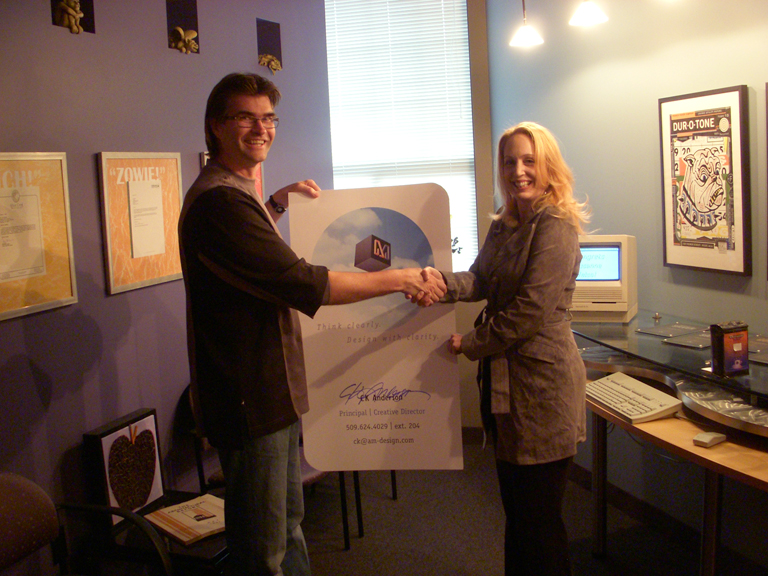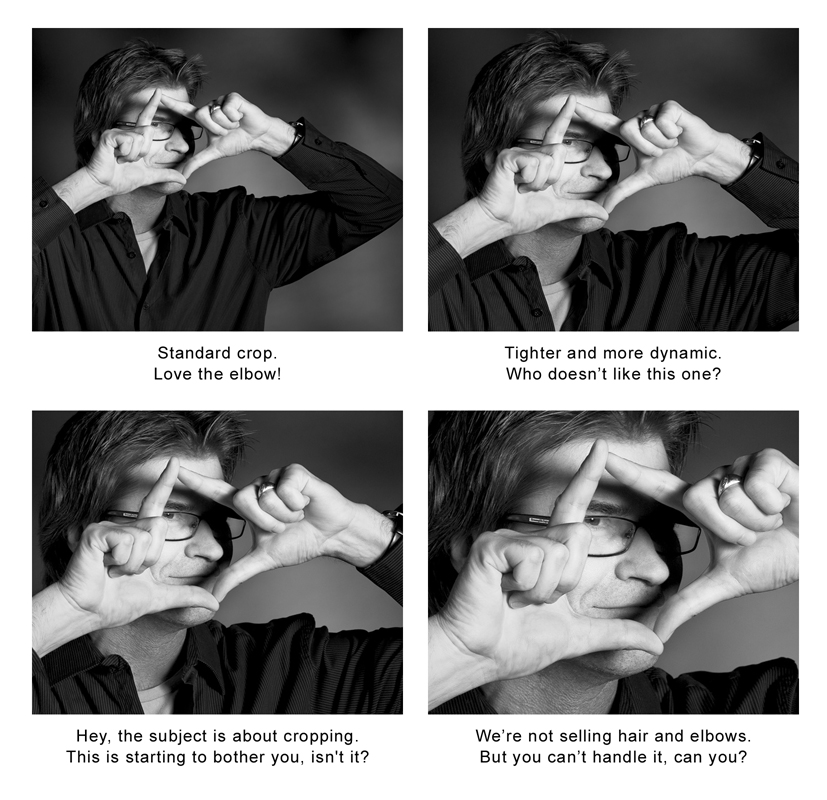It’s not often that the last word goes dark for a five-day stretch. But when we do, you can be sure we have a darn good reason.
Since Friday, I’ve been laid low by some variation of the plague; without my ever-vigilant presence at AMD World Headquarters, CK has been forced to actually, you know…work, which prevents him from posting. Yeah, I know, you’d think Shirlee would’ve taken up the slack, but writing is anathema to her. Which is fine, since if it weren’t for Shirlee you wouldn’t be reading this blog at all.
Fear not, fair reader. We’ll be back to our regularly scheduled programming before you know it. Until then, enjoy a list of the world’s worst beers. My favorite comment? “This beer smells like Nebraska.”



